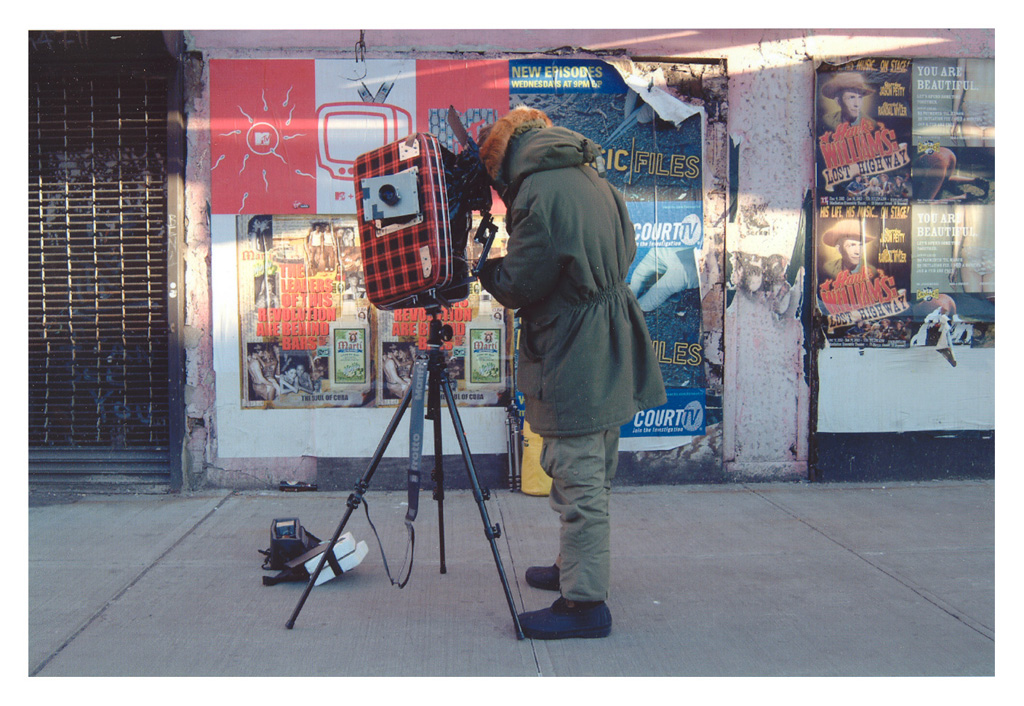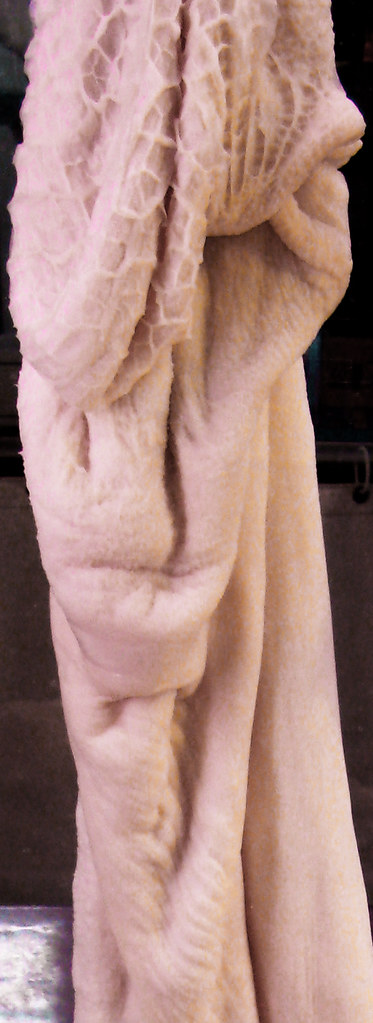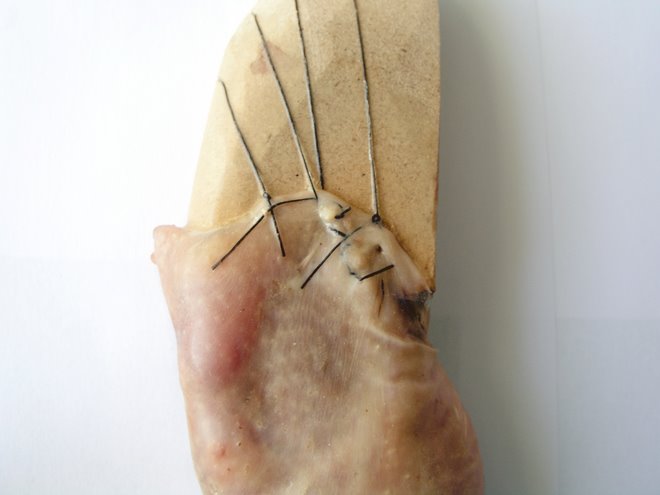Can Touch This
I've been dealing a bit with advanced interface-design before, here & here. And in fact what Jeff Han is doing here is not really different from what Microsoft Surface can do. He just have a much better idea of what to use it for. In other words - this is so much more useful fx. looking at graphic visualizations of complex data, where the ability to both see the big picture and infinitely small details is important... rather than using it as an interactive sofa table... thank you microsoft for really making a difference.
Towards the end of the interview he says something really interesting about a possible 3D-version. It turns out the actual problem with this is that the human body has great difficulty doing very presize gestures when it doesn't have anything to push against. It's the problem of keeping your fingertip in an excact point in space, while taking a step to the side. Something that's very easy to do if you rest it against a wall.
So maybe even Jeff Hans design is a dead end too. Lot's of more videos of this on Youtube.










4 comments:
this reminds me of one more thing again: referencing 3rd person pronouns in space in american sign language.
Basically when one makes a sign for someone/thing they point in some direction, and then later in their speach/conversation just point in the same direction to refer to that thing (instead of repeating eg. "that article that reminded me of adam's blog about body and space")
This is an interesting field, there seem to be further limiting factors though in the 3D version including whole body RSI and it would be exhausting to use... still it sounds fun to me :)
What hajra said reminds me of something too, this sounds like a precursor to some of the "gestures" that various interfaces allow you to record - though I suppose gestures are less transient lasting longer than the curent conversation/interaction. I can see benefits to transient and non-transient definition...
Oh joy to have quality commentors :D
Hehe - didn't even think about the exhaustive aspect of it. Instead I was going along the line - could something like speed or rythm perhaps help the body being exact?! I hope not - for the future generations of architects. Well - they would be in excellent shape though.
Wondering about the sign language and how you would remember all the directions - you'd be very good at remebering images. Like interactive or dynamic Chinese characters. That seem very confusing to me. But very exciting to.
can't help it:
http://youtube.com/watch?v=dXgOoV6C4OU
;)
Post a Comment